The Truman administration was unprepared for the invasion. Korea was not included in the strategic Asian Defense Perimeter outlined by Secretary of State Dean Acheson. Truman himself was at his home in Independence, Missouri. Military strategists were more concerned with the security of Europe against the Soviet Union than East Asia. At the same time, the administration was worried that a war in Korea could quickly widen into another world war should the Chinese or Soviets decide to get involved.
One facet of the changing attitude toward Korea and whether to get involved was Japan. Especially after the fall of China to the Communists, U.S. experts on East Asia saw Japan as the critical counterweight to the Soviet Union and China in the region. While there was no United States policy dealing with South Korea directly as a national interest, its proximity to Japan increased the importance of South Korea. Said Kim: "The recognition that the security of Japan required a non-hostile Korea led directly to President Truman's decision to intervene ... The essential point ... is that the American response to the North Korean attack stemmed from considerations of U.S. policy toward Japan."
Another major consideration was the possible Soviet reaction in the event that the U.S. intervened. The Truman administration was fearful that a war in Korea was a diversionary assault that would escalate to a general war in Europe once the United States committed in Korea. At the same time, "[t]here was no suggestion from anyone that the United Nations or the United States could back away from [the conflict]". Yugoslavia—a possible Soviet target because of the Tito-Stalin Split—was vital to the defense of Italy and Greece, and the country was first on the list of the National Security Council's post-North Korea invasion list of "chief danger spots". Truman believed if aggression went unchecked, a chain reaction would be initiated that would marginalize the United Nations and encourage Communist aggression elsewhere. The UN Security Council approved the use of force to help the South Koreans and the U.S. immediately began using what air and naval forces that were in the area to that end. The Truman administration still refrained from committing on the ground because some advisers believed the North Koreans could be stopped by air and naval power alone.
The Truman administration was still uncertain if the attack was a ploy by the Soviet Union or just a test of U.S. resolve. The decision to commit ground troops became viable when a communiqué was received on 27 June indicating the Soviet Union would not move against U.S. forces in Korea. The Truman administration now believed it could intervene in Korea without undermining its commitments elsewhere.
Busan (Korean pronunciation: [pu.sɐn]), formerly known as Pusan and now officially Busan Metropolitan City, is South Korea's second most-populous city after Seoul,
with a population of over 3.5 million inhabitants. It is the economic,
cultural and educational center of southeastern Korea, with its
port—Korea's busiest and the 9th-busiest in the world[—only about 120 miles (190 km) from the Japanese islands of Kyushu and Honshu. The surrounding "Southeast Economic Zone" (including Ulsan and South Gyeongsang) is now South Korea's largest industrial area.
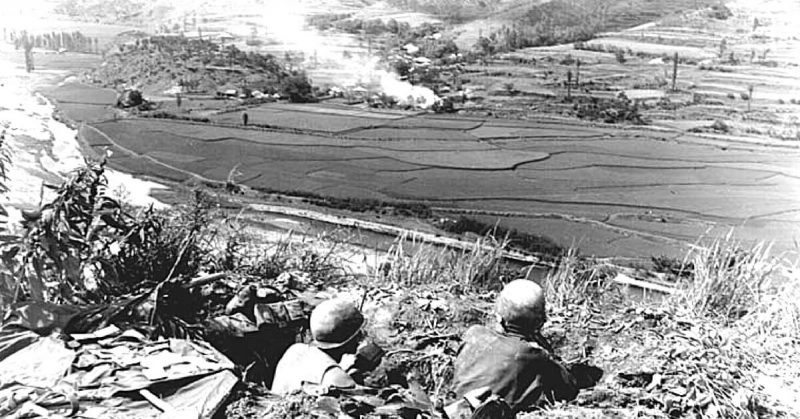
Pusan Perimeter
The Battle of Pusan Perimeter took place in the fall of 1950 and was one of the first major conflicts of the Korean War.
The North Korean army was invading South Korea and attacking the forces sent by the United Nations. These troops were composed of those sent by not only the United States and Great Britain but also South Korea, the Netherlands, Canada, New Zealand and Australia.
During the battle, the North Koreans managed to drive back the United Nations forces to the Pusan Perimeter. The Pusan Perimeter is a 140-mile stretch of land on the Korean Peninsula that is also home to Pusan, a port.
The North Koreans attacked troops stationed there for six entire weeks, while also striking in other locations. Regardless, the United Nations troops stood firm and managed to outlast the multiple attacks. It was very helpful the United Nations had access to the port of Pusan, which enabled them to ship in extra manpower, equipment and more.
Eventually, after waiting them out, the North Koreans retreated.
The Battle of Pusan Perimeter was the furthest South the North Koreans would make it during the war.
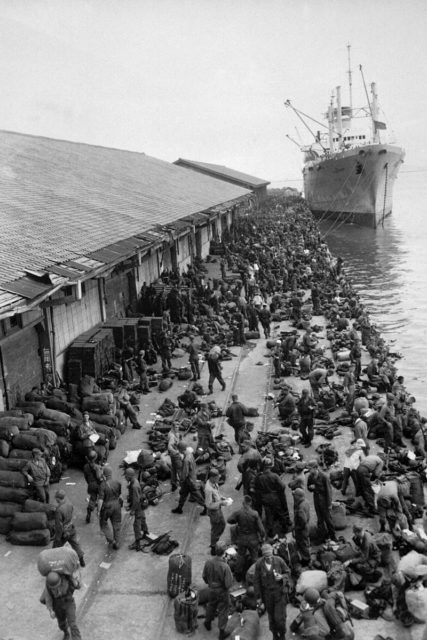
The Beginning of the War
The Battle of Pusan Perimeter took place shortly after the start of the Korean War. The Korean War began when North Korea invaded South Korea, and the United Nations felt it would be best to send troops in to help. The United States additionally sent extra troops. The goal was to prevent the invasion by North Korea, while also helping the South Koreans to defend themselves and succeed economically and diplomatically.
The United Nations forces began to create a perimeter around Pusan through the summer of 1950. It was about 140 miles long and went from the Korean Straight to the Sea of Japan and around Pusan. It also touched on a few other cities.
The terrain around the perimeter was very rocky, mountainous and difficult to traverse. The United Nations forces were using these mountains and valleys as natural defenses. It was very hard, though, for any of the troops to cross it. The area also gave soldiers little access to clean water and was also very jungle-heavy. This was not only a bad thing for the enemy, but also for the United Nations troops. They also suffered casualties related to the vegetation, lack of pure water and the high heat.
The North Korean forces were arranged into ten divisions, most having appropriate training and with hundreds of T-34 tanks. However, when they incurred losses, the North Koreans would provide inferior replacements for their men and weaponry.
The United Nations forces were under the command of the United States military. The United Nations had superior air and sea power throughout the conflict, both being led by the United States Navy and Air Force.
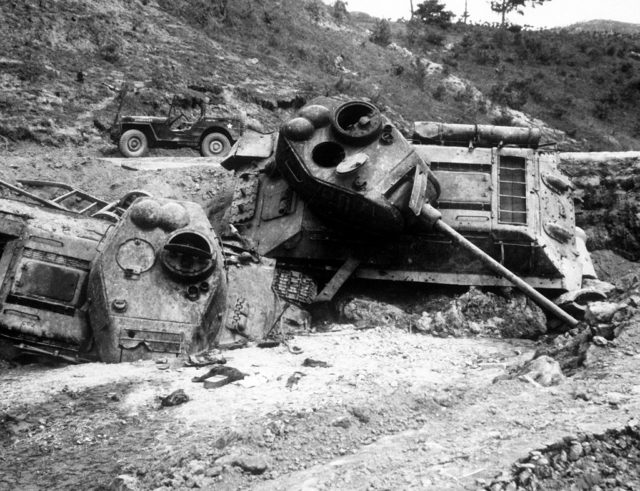
First Attack On Pusan
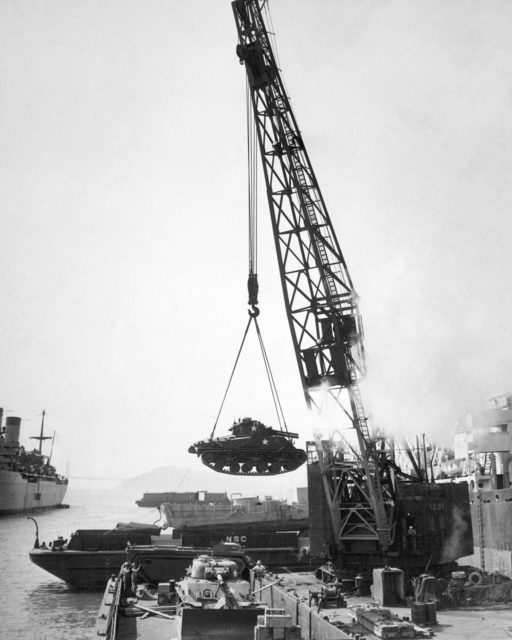
North Korea attacked the perimeter trying to make their way into Pusan. They attacked in four different places: the south through two routes, the north and the east.
The United Nations troops began to plan a counter-offensive move, and it would be their first in the war. They encountered 500 North Korean infantry and defeated them, then overran the North Korean 6th Division headquarters.
However, after this, their good luck slowed. Fierce fighting lasted for three days near Chindong-ni, and United Nations troops were redeployed as needed.
When one infantry division was rerouted several days later, the difficult terrain became a serious problem. American forces stuck in the mud were attacked by the North Koreans, who were hiding out at a higher elevation, perfect for a surprise assault.
The attack quickly took out almost two battalions and their corresponding equipment. The Americans, although receiving back up, could not regain the ground.
The Tables Turn in September
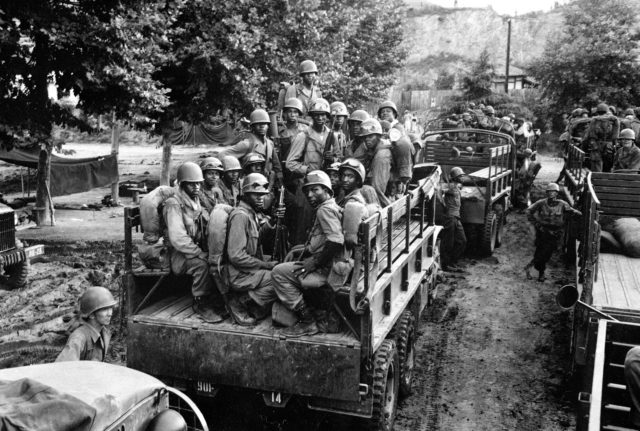
By this time, the United Nations had amassed more troops in the area than the North Koreans. The North Korean disadvantage was growing more apparent by the day. They had fewer than 100 tanks, while the U.S. troops alone had more than 600.
In light of this, the North Koreans decided that flanking the forces was a waste of time, thanks to the U.S. Navy superiority. They choose to go with a frontal attack. They knew, thanks to Soviet Union help, the United Nations forces were building on the perimeter in Pusan. They wanted to take one last shot at capturing the area, at the risk of losing it for good. To plan ahead for the offensive attack, the North Koreans added four new troop divisions. A five-pronged attack was scheduled for August 31 and September 2.
The attacks greatly surprised the United Nations forces. They were busy building in Pusan, believing they had successfully taken care of North Korean troops in the area.
The North Koreans broke through the first lines and pushed the United Nations troops back. Fierce fighting followed. However, United Nations troops rallied and forced back the North Koreans by September 15, with the fight ending around Pusan a few days later.
The Aftermath
During the Pusan conflicts, two war correspondents were killed. Also 40,000 South Koreans; more than 4,000 Americans; 5 British; 1 Indian; and more than 60,000 North Koreans.
Both sides committed war crimes.
The North Koreans were accused of severely torturing captured United Nations soldiers.
United Nations troops (mainly South Koreans) were accused of killing captured North Koreans.

One helluva nasty 'Police Action', that we're still involved in!
ReplyDeleteHey Old NFO;
DeleteAnd the crazy NORKS are still at it. There are occasional squabbles even now.